Partners can always benefit from better communication in life – or on the pickleball court.
While we can't fix the communication issues between you and your life partner, we can offer advice and tips for communicating effectively with your pickleball partner.
Let’s dive into pickleball hand signals, explaining what they are, and when and how to use them.
Why use hand signals in pickleball
In doubles pickleball, especially in competitive play or when a team has a righty and a lefty, a team may choose to keep their strongest player (or strongest forehand) "in the middle." This is called stacking.
On offense, stacking is simple. You both simply slide over to your respective sides right after serving the ball.
How to Stack in Doubles Pickleball
Have you ever tried stacking in pickleball? We explain what it is, when it’s best to implement and why it can take your game to the next level.
 The Dink PickleballJason Flamm
The Dink PickleballJason Flamm
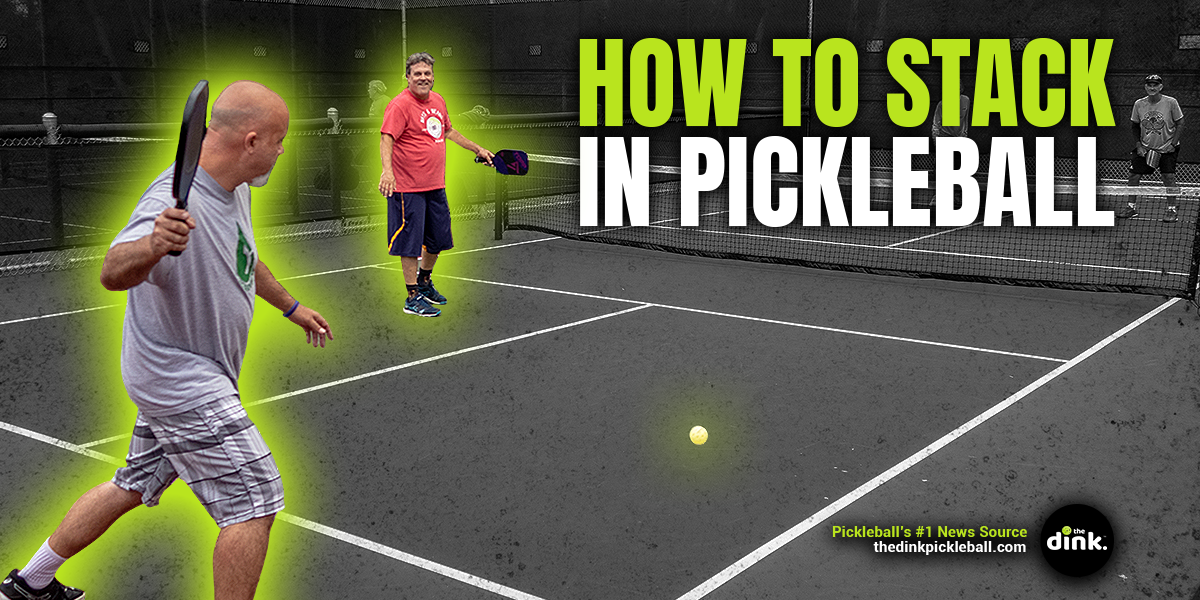
On defense, stacking can get a little trickier. Sometimes, you may not want to switch sides, or you may choose to fake a switch to add an extra layer of deception.
This is where hand signals come in ... well, handy.
Hand signals allow silent communication between partners and keep information away from their opponents. The signals are performed by the person at the kitchen line by placing their hand behind their back or hidden by their paddle.
Different hand signals and what they mean
Pickleball teams use three main hand signals most often. Although there may be slight variations from team to team, these are the most common:
- Open hand
- Closed hand
- "Talking" hand
Open hand 🖐️
When your partner gives you an open hand while up at the kitchen line, they are telling you to switch. This means that after you return the serve, they will slide laterally to cover the open spot of the kitchen, and you should run up to the side they are currently on.
Generally, it’s best to return the ball to the opponent straight ahead of you when switching sides. This causes a more difficult third shot for your opponent if they try to take advantage of your movement. It also gives your partner a better chance of covering for you, whether your opponent hits their third straight or crosscourt.
Closed hand ✊
A closed hand means "stay." The player at the kitchen line will not slide over but stay where they are. After you return the serve, you are free to move to the open kitchen spot straight ahead of you.
In this instance, you should try to return the ball crosscourt to give yourself as much time as possible to get to your spot and create a more challenging shot for your opponent in case they try to disrupt your movement.
Winning Strategies and Benefits for Lefty-Righty Doubles Partners
What makes a lefty-righty partnership so special and what are some strategies for taking advantage of it?
 The Dink PickleballJason Flamm
The Dink PickleballJason Flamm
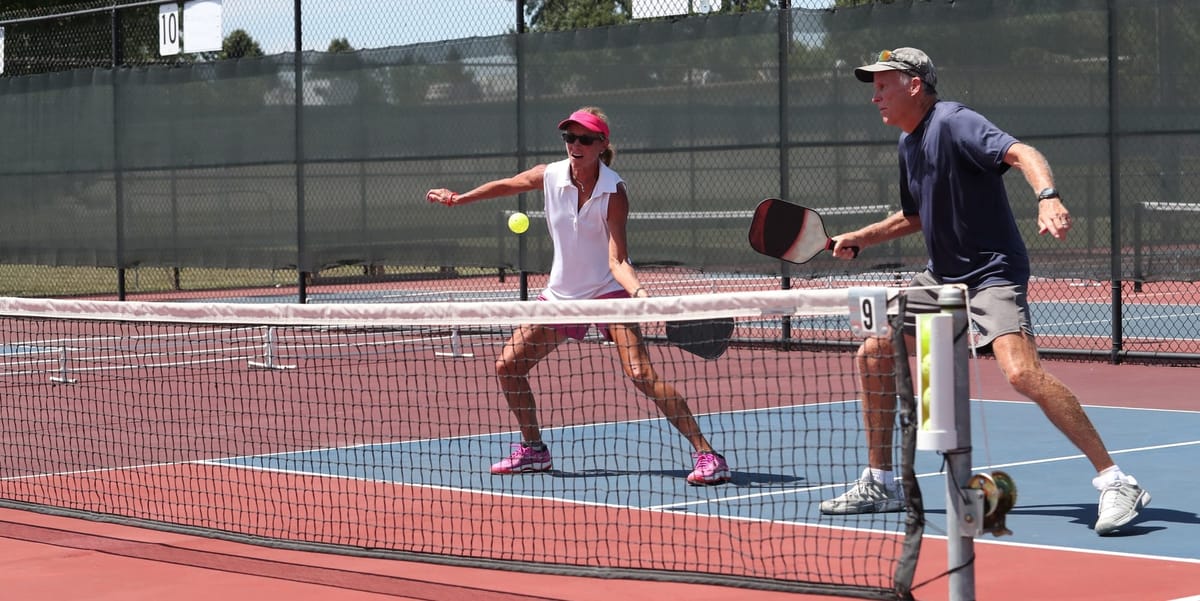
"Talking" hand 🤏
Sometimes, we may want to add another layer of deception to our play. In that case, our partner may do a talking hand – a rapid opening and closing of their hand that mimics a mouth talking. This signals that they plan to "fake" a switch. They may move one or two steps to their left or right as though they were switching but then return to their starting spot.
As the returning player, you will simply move to the spot straight ahead of you.
The idea behind a fake is to fool your opponents, especially if they aggressively target the person running to the line. This could give your partner an easy putaway opportunity or cause your opponent to hit a less accurate shot due to confusion.
Other hand signals
While these three are most common, there is no shortage of signals you and your partner could use. For instance, if you want your partner to return the serve in a specific direction (left, middle, or right), you can point toward that direction with your thumb, middle, or pinky finger. This is particularly helpful if you want to target a specific opponent or instigate a more predictable third shot.
4 Pickleball Plays You and Your Partner Should be Running
Rarely do we see a game where teams are so reliant on their partnership. Here are some plays to run with your pickleball partner.
 The Dink PickleballJB Jones
The Dink PickleballJB Jones
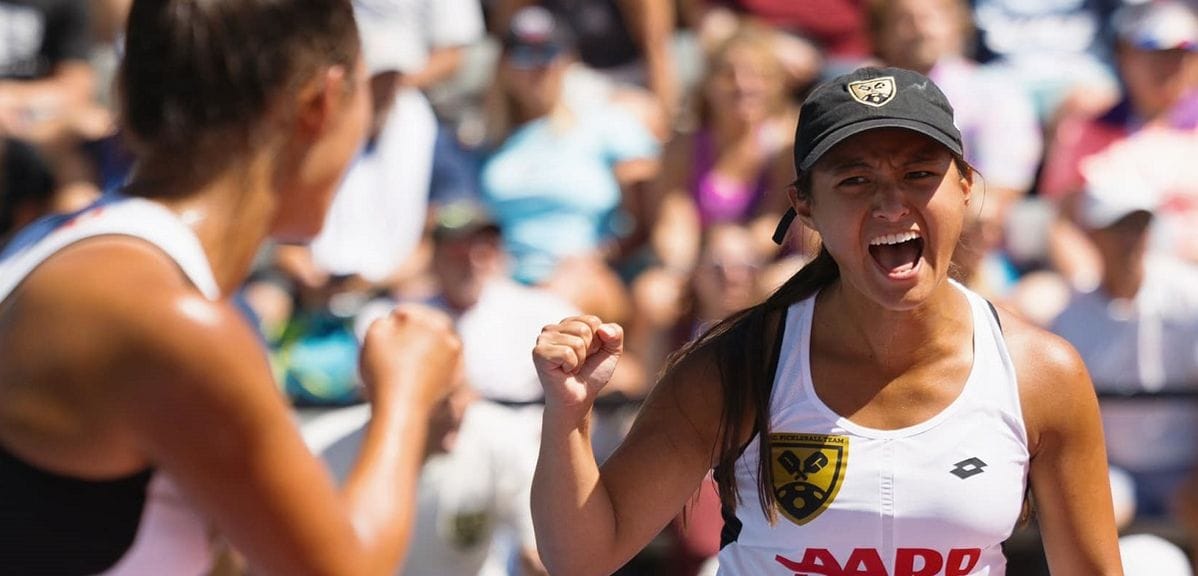
Should you use hand signals every time?
Whether or not you use hand signals on every point is up to you and your teammate. However, if you are consistent with them, it’s harder for your opponent to know what you’re doing.
If they don’t see you signaling, they may assume that you will switch every time or not switch at all. Either way, you become predictable.
Sometimes, using hand signals to give your opponents something else to consider may be beneficial.
Now that you're a master of hand signals, let's discuss those personal relationships. No? Okay, then. Good luck.
|
Anuncie Aqui / Advertise Here
Sua marca para o mundo Pickleball! / Your brand for the Pickleball world!

 English
English  Spanish
Spanish  Portuguese
Portuguese  German
German  Italian
Italian  Japanese
Japanese  French
French  Polish
Polish  Russian
Russian  Netherlands
Netherlands  Hungarian
Hungarian  Turkish
Turkish  Videos
Videos 
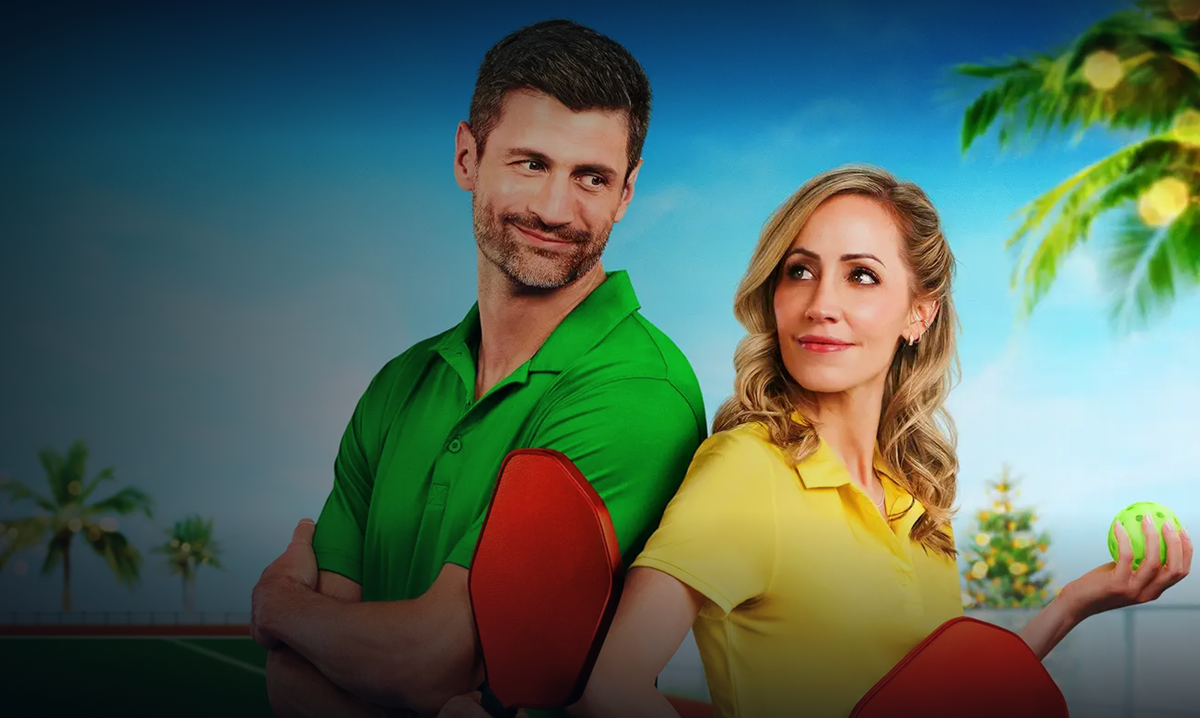

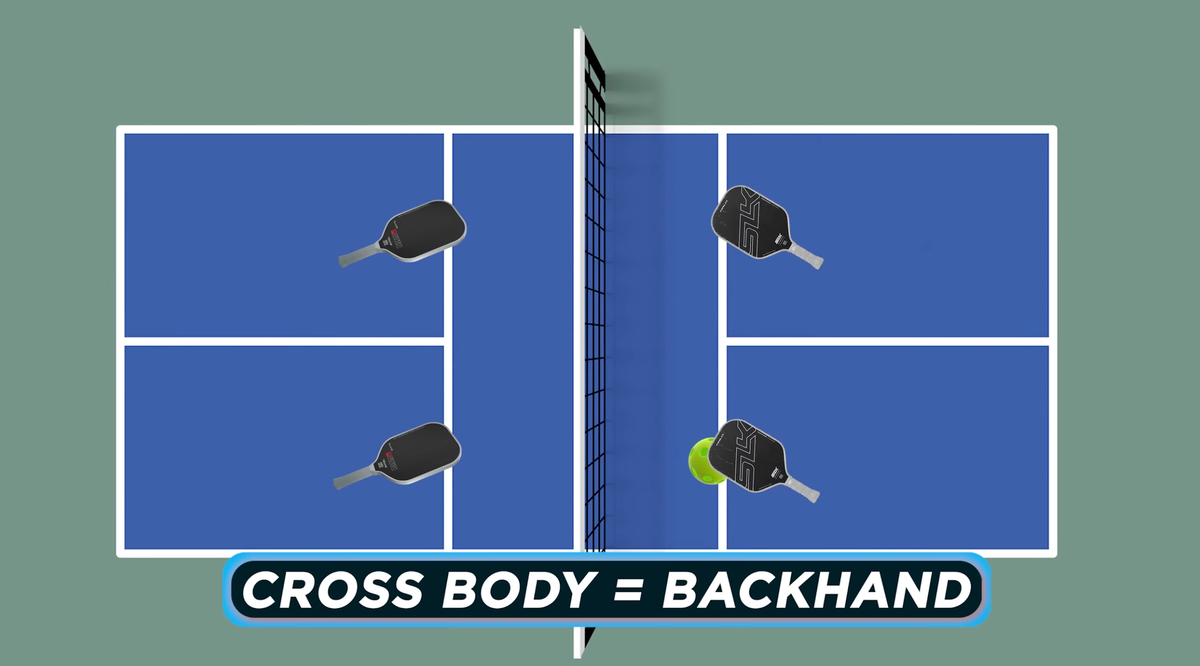





 English (US) ·
English (US) ·  Portuguese (BR) ·
Portuguese (BR) ·